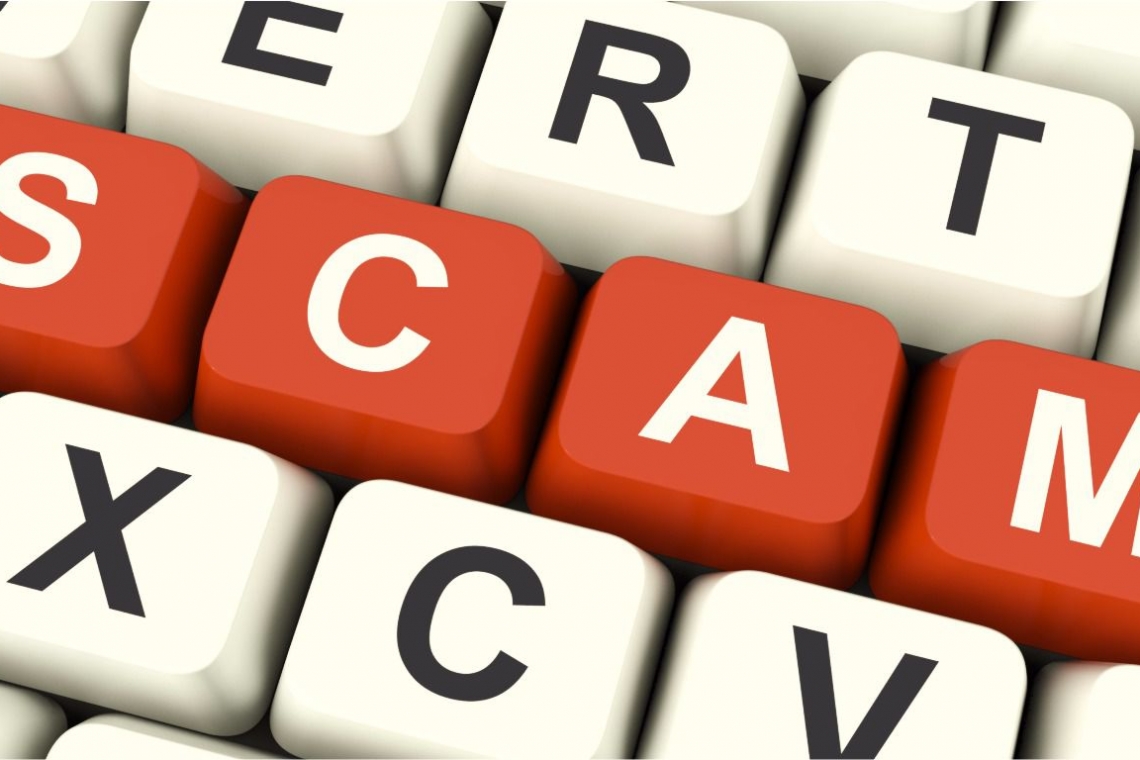Lots of frauds start with a ‘phishing’ email. This is when the con artist sends a huge number of people a message intended to make you click on a bogus link or install a computer virus that can help them access your banking or personal information.
Spotting a phishing email:
- They often start with a non-personal title, like ‘Dear Customer’ or ‘Dear Account Holder’
- Usually, there’s an ‘urgency’ to take action – with claimed consequences like account closure or a financial penalty if you don’t
- Sometimes there’s an offer that you might ‘miss out on’ if you don’t provide a small upfront fee
- Check the sender’s email address – has it really come from the organisation being claimed?
You can protect yourself from email fraud by:
- Making sure you have up-to-date antivirus software and a firewall on your computer, and check your browser is set to the highest level of security and monitoring
- Not clicking on links or download files from a sender you aren’t sure is authentic
- Never giving away any personal information unless you are totally sure the request is genuine
- Ringing the organisation on a contact number you already have – not the one provided in the potentially fraudulent email to double-check
- Treating any offer with extreme caution and remember the golden rule of ‘too good to be true’


